What NOT to do for a Healthy Lawn
Having a lush carpet of grass is many homeowners' dream.Avoiding these common mistakes will help you make it a reality.
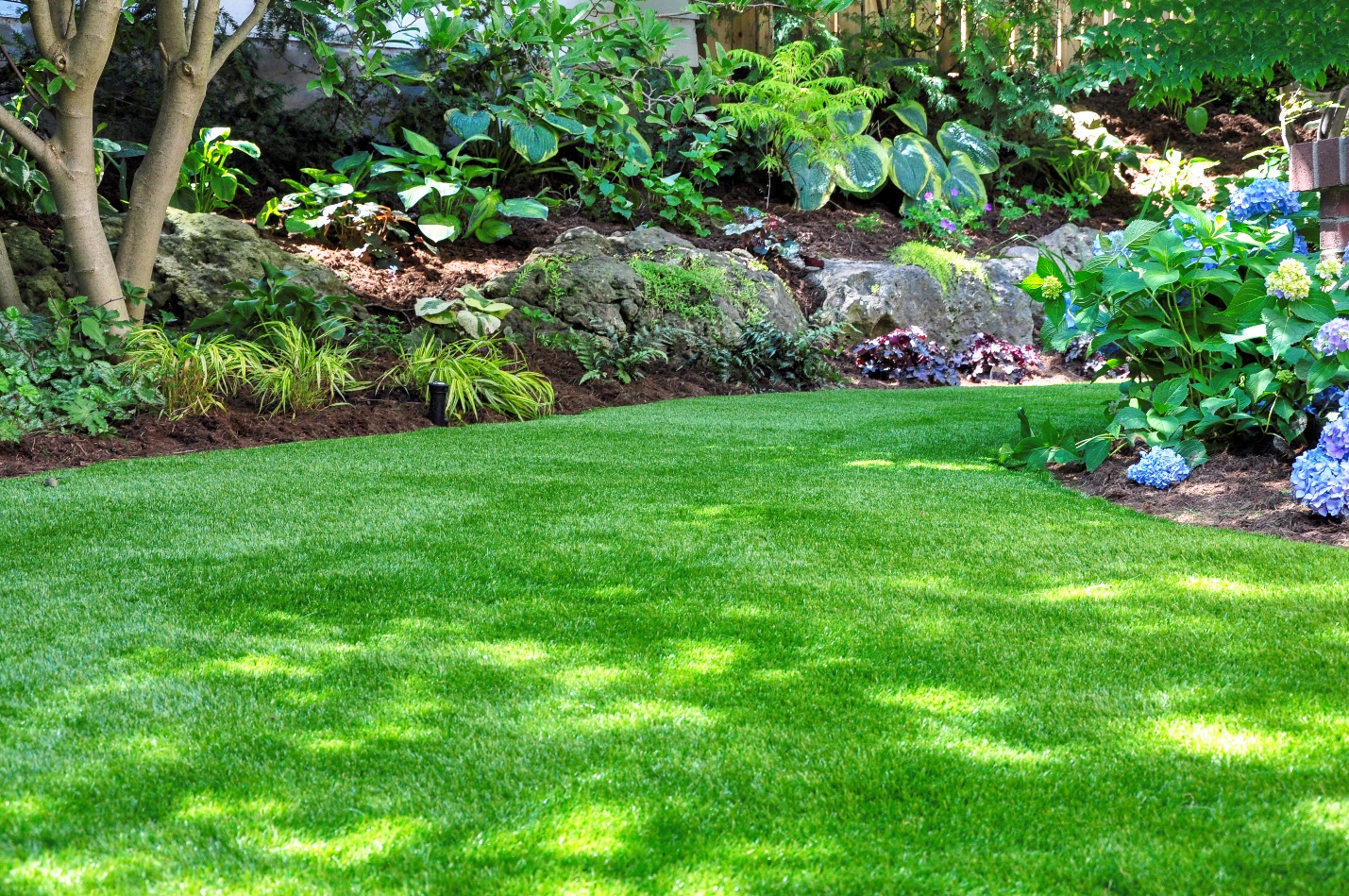
By Tom Samples

Tom is professor emeritus of Turfgrass Science and Management at the University of Tennessee Institute of Agriculture and an internationally recognized expert in turfgrass and turfgrass management.
Buy the First Bag of Fertilizer You See
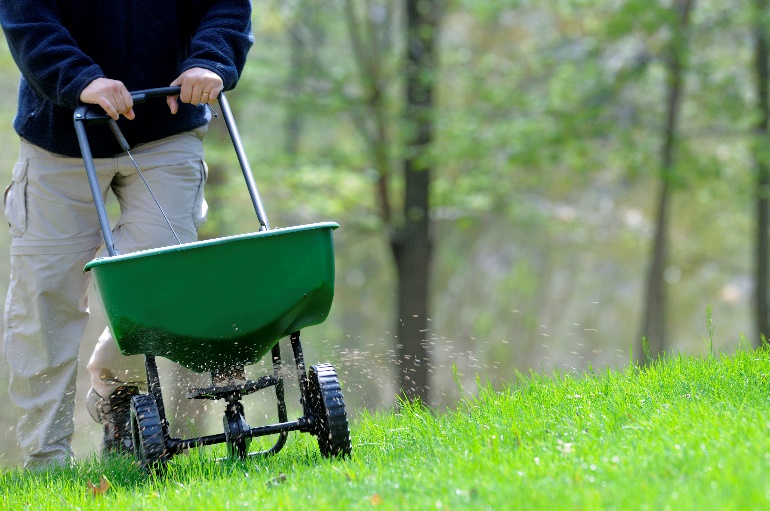
Grass thrives in soil with a pH of 6 to 6.5. Before adding lime or fertilizing your lawn, send a soil sample to a soil testing lab for nutrient testing. Many state University soil testing labs offer this service for a fee. You'll get back recommendations on the right amendments for your soil conditions.
Lawn fertilizer comes in four basic types: fast-release, slow-release, compost, and fast-release and slow-release combinations:
- Fast-release fertilizer quickly greens grass but can burn it if you use too much.
- Slow-release fertilizer is less likely to damage your grass when too much is applied, but it may take longer to see the results.
- Compost comes from many sources and adds organic matter, helping soil hold water during drought.
Over-fertilizing can burn your lawn and limit root growth--essential for grass to weather tough conditions like heat and drought. Fertilizer also can disappear in rain runoff, so check the forecast before you begin. Apply fertilizer in the correct amounts and at the right times of year.
Spring, late-summer and fall are high-growth times for cool-season grasses such as Kentucky bluegrass and tall fescue, making them ideal seasons in which to fertilize. Bermuda grass, centipede grass, St. Augustine grass and zoysia grass grow best in warm weather, and should be fertilized accordingly. Compost releases nutrients slowly and is best applied before the start of the growing season.
Plant Just Any Grass Seed

In addition to selecting a grass appropriate for your growing region, it's often best to opt for a grass blend. Each grass variety has its own strengths and weaknesses; when planted together these strengths and weaknesses offset each other to help maintain a full lush lawn as conditions change throughout the year.
If dead spots are a problem, reseed your cool-season lawn in the early fall or warm-season lawn in late spring or early summer. Don't spread more than the seed label recommends. Crowding grass seedlings leads to spindly, weak plants. Water young grass carefully; grass seedlings will die if they dry out.
For the best year-round results, select a premium grass blend that suits your geographic region and reseed dead spots when growing conditions are favorable.
Take Too Much off the Top from the Same Direction
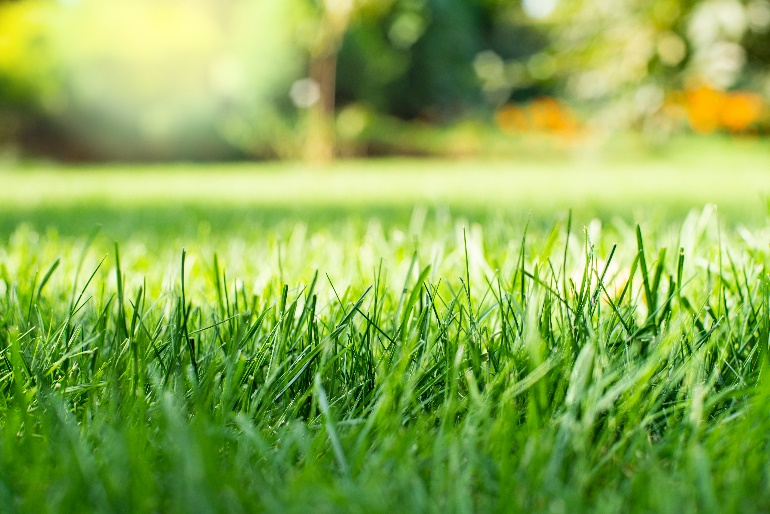
Grass gets some of its nutrients through photosynthesis. Cutting grass too short reduces the amount of leaf surface available to soak up the sun's rays. Mowing at the proper height and changing up the direction each time offers several benefits: It inhibits weed growth, decreases plant stress, reduces soil compaction and helps prevent thatch from developing, all of which contribute to a sickly lawn.
For best results, alter your mowing pattern and don't remove more than one-third of the leaves at a time. If your grass is too tall, set your mower blades to a higher setting and mow again a few days later. Recommended mowing height changes with grass species. The label on your grass seed often spells out optimal heights.
Tear Rather than Cut Your Grass
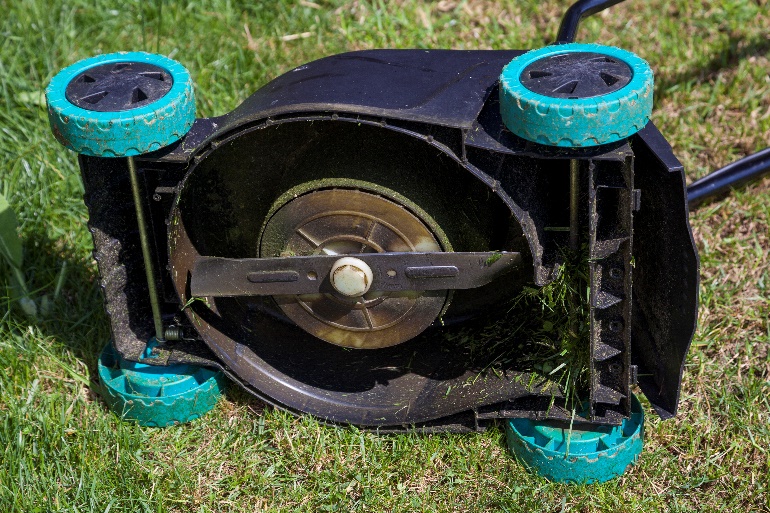
Dull lawn mower blades tear grass rather than cut it, leaving the leaves ragged and damaged. This not only looks bad (brown and unhealthy), but it may make your lawn more prone to insect and disease attack.
Carefully wipe down lawnmower blades or use an air compressor or pressure washer to remove debris and weed seeds on the blades' surface after each use. Lawnmower blades should be sharpened at the start of each season.
Collect Lawn Clippings
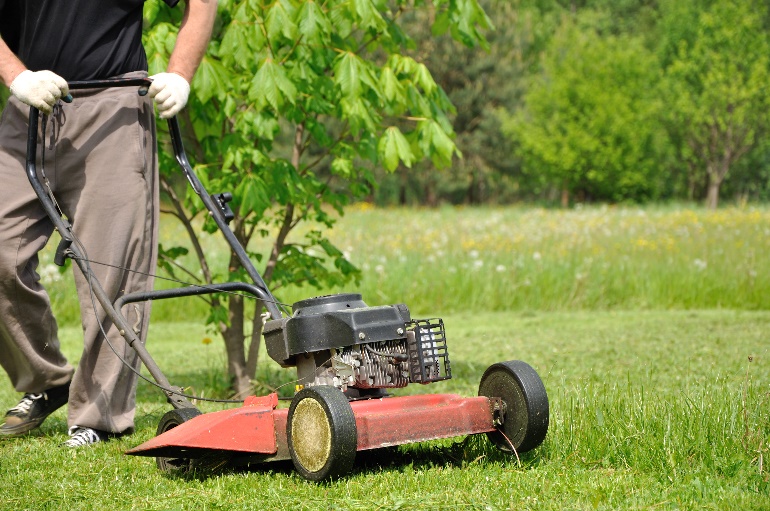
Rather than collecting grass clippings, use a mulching mower to leave them behind. Cuttings decompose fast, given they are 75%-80% water, adding organic material and essential nutrients to the soil and reducing the need for fertilizer. Grasscycling has another benefit: In some states it's illegal to dump grass clippings and other yard waste in the landfill.
About ProSolutions:
ProSolutions is a leading supplier in the Agricultural, Turf & Ornamental and Pest Control industries. Our team of sales advisors work closely with professionals to provide products and solutions to their challenges. We are very excited to now offer this same level of service to professionals and homeowners alike through our online store.
We only carry professional-grade products, from brand names to generics, to help you find solutions to YOUR challenges. ProSolutions provides you with the best products, support and super-fast service!
For more information, email us or give us a call at 865-983-1454.





